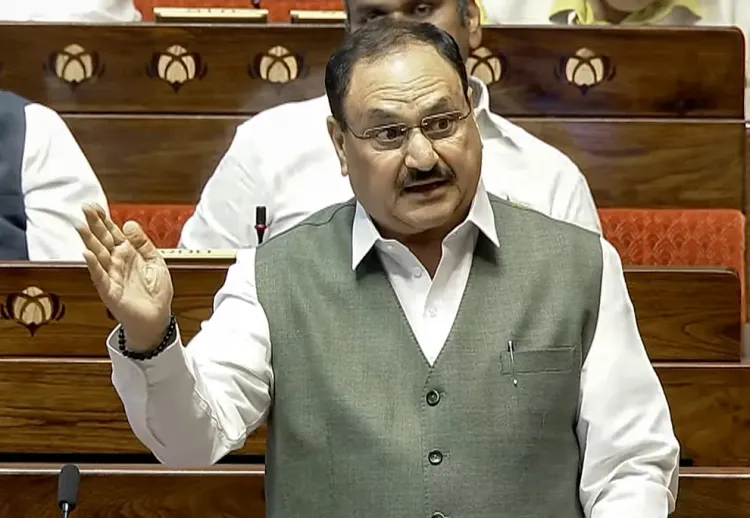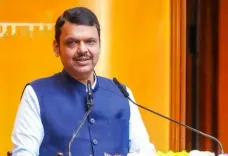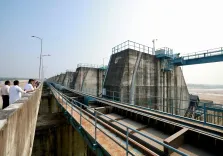What Does Operation Sindoor Indicate About India’s New Counter-Terrorism Doctrine?

Synopsis
Key Takeaways
- Operation Sindoor marks a pivotal shift in India's counter-terrorism doctrine.
- Under PM Modi, India's response to terrorism has become more proactive and decisive.
- Statistical evidence shows a significant reduction in terror incidents and civilian deaths.
- Major military actions, such as the Uri and Balakot strikes, illustrate this shift.
- The guiding principle is that 'terror and talks cannot coexist.'
New Delhi, July 30 (NationPress) In a pointed critique of the Congress-led UPA administration, BJP national president and Rajya Sabha MP JP Nadda on Wednesday emphasized a “clear distinction” in India's approach to counter-terrorism between 2004-2014 and 2014-2025.
During a discussion on Operation Sindoor, Nadda commended the armed forces and security personnel, attributing the transformation in India's response to terrorism to Prime Minister Narendra Modi’s “decisive leadership.”
In contrasting the two governance periods, he stated, “From 2004 to 2014, India experienced a passive and indecisive government that addressed terror attacks with reports instead of deterrence,” citing a series of devastating attacks during the UPA era, including the 2005 Delhi bombings, 2006 Mumbai train blasts, 2008 Jaipur and Ahmedabad attacks, and the infamous 26/11 Mumbai attacks.
He pointed out that during this time, despite numerous terror attacks claimed by Pakistan-based groups like Lashkar-e-Taiba, Harkat-ul-Jihad-al-Islami, and Indian Mujahideen, the then-government continued confidence-building measures with Pakistan—opening trade routes, increasing flights, and resuming dialogue.
“They served biryani while bullets came from across the border,” Nadda remarked.
Presenting comparative statistics, he highlighted that the country faced 7,217 incidents from 2004-2014, whereas under PM Modi, the number of terror incidents decreased to 2,150 (2015–2025). In terms of civilian fatalities, during the UPA period, there were 1,060 civilian deaths compared to 542 under the Modi administration—a 49 percent reduction.
He also emphasized significant events like the 2016 Uri surgical strikes and the 2019 Balakot airstrikes, which were responses to lethal attacks on Indian forces. “For the first time since independence, we retaliated deep inside Pakistan,” he stated. “The same army, the same police—the only difference is the political will,” he underscored.
Referring to the recent attack in Pahalgam, he asserted that Operation Sindoor exemplifies India’s new doctrine. “We penetrated 300 km into Pakistan, dismantling significant terror infrastructure of Jaish, LeT, and Hizbul—without harming a single Indian civilian. Under the UPA, dialogue and terror coexisted.”
“Under PM Modi, ‘terror and talks cannot coexist’ became the guiding principle,” Nadda said, mentioning measures such as the suspension of the SAARC Visa Exemption Scheme for Pakistani nationals, the halting of the Indus Water Treaty, and proactive global diplomacy.






